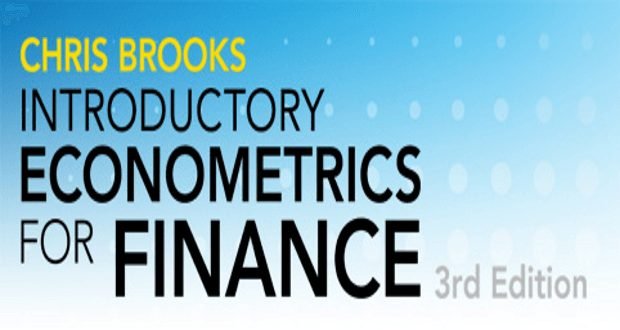180 câu trắc nghiệm Kinh tế lượng – Phần 5

Chapter 13: Experiments and Quasi-Experiments
KTL_001_C13_1: In the context of a controlled experiment, consider the simple linear regression formulation \({Y_i} = {\beta _0} + {\beta _1}{X_i} + {u_i}\). Let the Yi be the outcome, Xi the treatment level when the treatment is binary, and ui contain all the additional determinants of the outcome. Then calling \({{\hat \beta }_1}\) a differences estimator
● makes sense since it is the difference between the sample average outcome of the treatment group and the sample average outcome of the control group.
○ and \({{\hat \beta }_0}\) the level estimator is standard terminology in randomized controlled experiments.
○ does not make sense, since neither Y nor X are in differences.
○ is not quite accurate since it is actually the derivative of Y on X.
KTL_001_C13_2: The following is not a threat to external validity:
○ the experimental sample is not representative of the population of interest.
○ the treatment being studied is not representative of the treatment that would be implemented more broadly.
○ experimental participants are volunteers.
● partial compliance with the treatment protocol.
KTL_001_C13_3: Experimental data are often
○ observational data.
○ binary data, in that the subject either does or does not respond to the treatment.
● panel data.
○ time series data.
KTL_001_C13_4: The following estimation methods should not be used to test for randomization when Xi, is binary:
● linear probability model (OLS) with homoskedasticity-only standard errors.
○ probit.
○ logit.
○ linear probability model (OLS) with heteroskedasticity-robust standard errors.
KTL_001_C13_5: Quasi-experiments
● provide a bridge between the econometric analysis of observational data sets and the statistical ideal of a true randomized controlled experiment.
○ are not the same as experiments, and lessons learned from the use of the latter can therefore not be applied to them.
○ most often use difference-in-difference estimators, which are quite different from OLS and instrumental variables methods studied in earlier chapters of the book.
○ use the same methods as studied in earlier chapters of the book, and hence the interpretation of these methods is the same.
KTL_001_C13_6: Testing for the random receipt of treatment
○ is not possible, in general
○ entails testing the hypothesis that the coefficients on W1i, …, Wri are non-zero in a regression of Xi on W1i, …, Wr
○ is not meaningful since the LHS variable is binary
● entails testing the hypothesis that the coefficients on W1i, …, Wri are zero in a regression of Xi on W1i, …, Wr
KTL_001_C13_7: Small sample sizes in an experiment
○ biases the estimators of the causal effect
● may pose a problem because the assumption that errors are normally distributed is dubious for experimental data
○ do not raise threats to the validity of confidence intervals as long as heteroskedasticityrobust standard errors are used
○ may affect confidence intervals but not hypothesis tests
KTL_001_C13_8: A repeated cross-sectional data set is
● a collection of cross-sectional data sets, where each cross-sectional data set corresponds to a different time period
○ the same as a balanced panel data set
○ what Card and Krueger used in their study of the effect of minimum wages on teenage employment
○ time series
KTL_001_C13_9: In a sharp regression discontinuity design,
○ crossing the threshold influences receipt of the treatment but is not the sole determinant
○ the population regression line must be linear above and below the threshold
○ Xi will in general be correlated with ui
● receipt of treatment is entirely determined by whether W exceeds the threshold
KTL_001_C13_10: Threats to internal validity of quasi-experiments include
○ failure of randomization
○ failure to follow the treatment protocol
○ attrition
● all of the above with some modifications from true randomized controlled experiments